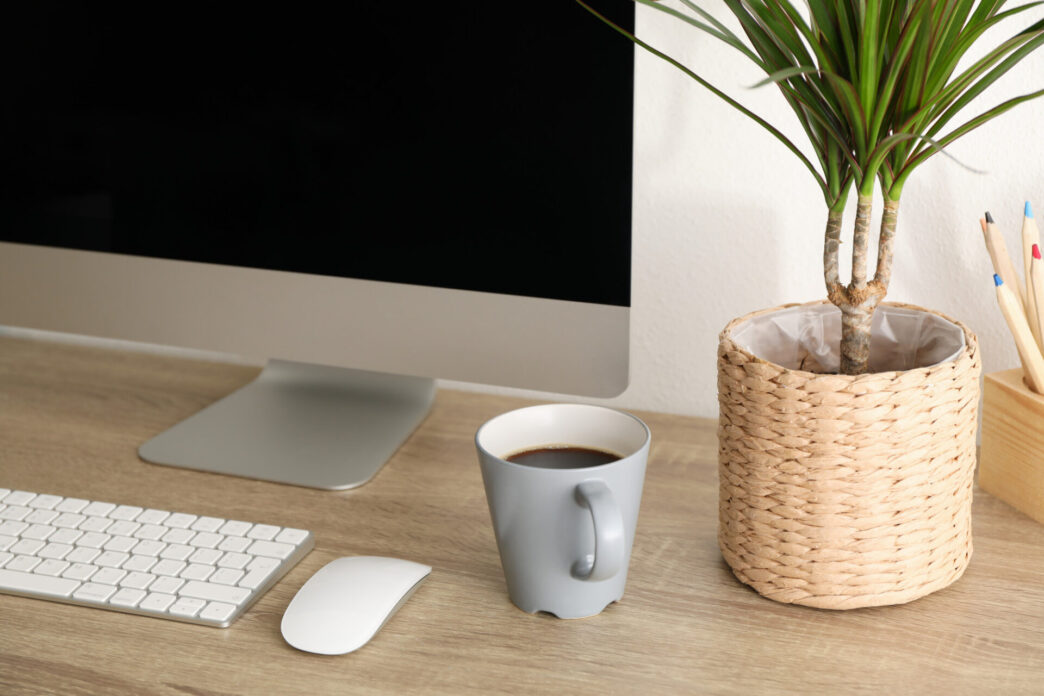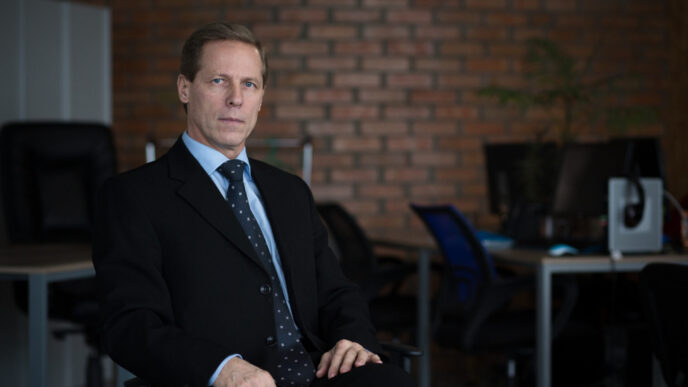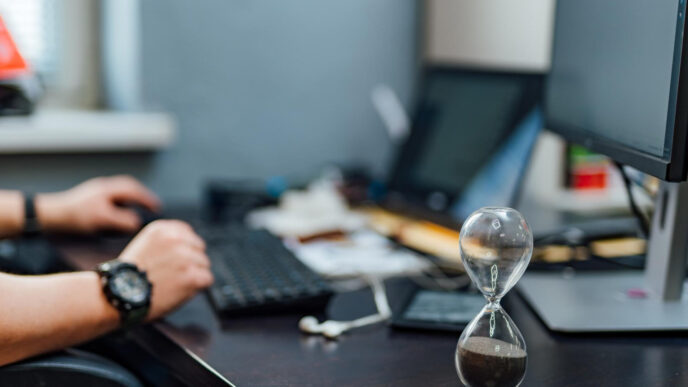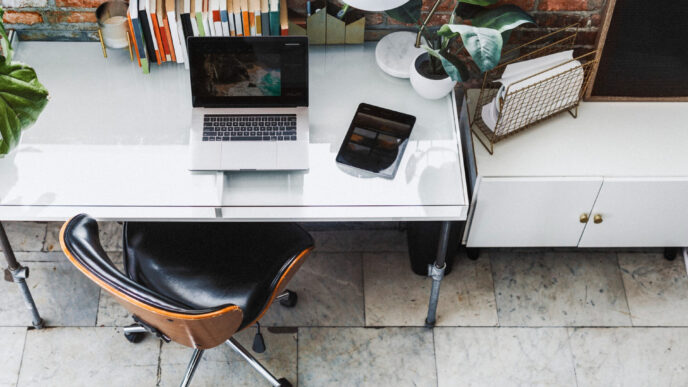Start Fresh: How to Organize Your Life Without the Stress
We all want to feel in control—of our time, our space, our goals. But too often, the pursuit of “getting organized” becomes a chaotic project in itself. You download new apps, color-code your calendar, buy storage bins, and write to-do lists so long they need their own index.
The irony? Instead of bringing clarity, this overcomplication creates noise.
If you’ve tried to declutter and organize your life but ended up more stressed than when you started, you’re not alone. In fact, the most effective systems are often the simplest ones—they just don’t get talked about as much because they don’t look fancy on Instagram.
✨ What Simplicity Actually Looks Like
True organization doesn’t require perfect routines, expensive planners, or minimalist perfection. It means:
✔️ Knowing what matters and letting go of what doesn’t
✔️ Having just enough structure to support your priorities
✔️ Creating space—physically and mentally—for clarity and calm
📌 Why This Article Matters
In this guide, we’ll show you how to organize your life without overcomplicating it, using straightforward and proven techniques. Whether you’re looking to:
- Declutter and organize your life without burning out
- Adopt simple organization strategies that actually stick
- Explore minimalist approaches to productivity
You’ll walk away with a system that feels natural, sustainable, and free of fluff.
Forget the pressure to do it all. This is about doing what works—consistently, calmly, and with intention. Let’s begin.
The Core Principles of Simple Organization
Decluttering vs. Organizing – Understanding the Difference
Many people assume that getting organized starts with buying new storage containers or setting up a digital task management system. But before you organize, you must declutter. Otherwise, you’re just rearranging clutter.
| Decluttering | Organizing |
|---|---|
| Removing unnecessary items | Structuring what remains |
| Reducing physical and mental clutter | Creating a functional system |
| A one-time or seasonal process | An ongoing habit |
✔️ First, eliminate what you don’t need. Then, organize what remains in a way that is easy to maintain.
The 80/20 Rule of Organization
The Pareto Principle states that 80% of results come from 20% of efforts. Applied to organization:
- 20% of your habits, tools, and routines create 80% of your efficiency.
- The other 80%? Unnecessary complexity that slows you down.
Instead of building elaborate systems, focus on the small actions that have the biggest impact:
✔️ Decluttering regularly instead of creating complex filing systems
✔️ Using one reliable to-do list instead of multiple scattered lists
✔️ Prioritizing tasks instead of trying to do everything at once
Avoiding Decision Fatigue in Organization
Every decision drains mental energy. If your organization system requires too many choices, you’ll struggle to maintain it.
📌 How to simplify decision-making:
✔️ Reduce the number of categories (e.g., instead of 10 file folders, use 3-4 broad ones).
✔️ Use defaults (e.g., one default note-taking app, one default task manager).
✔️ Automate repetitive tasks (e.g., automatic bill payments, recurring reminders).
The best system is one that requires the least amount of thought to maintain.
Essential Organizational Tools (Without Overload)
The Problem with Too Many Tools
Many people overcomplicate organization by using too many tools—a separate app for notes, another for tasks, one for scheduling, and yet another for habit tracking.
Instead of making life easier, excessive tools lead to:
🚨 Redundant systems that duplicate effort
🚨 More time spent managing tools than completing tasks
🚨 Confusion over which tool to use for what purpose
Minimalist Digital Tools for Organization
To stay organized without overwhelm, limit yourself to a lean and effective toolkit:
| Need | Recommended Tool |
|---|---|
| Task Management | Todoist, Google Tasks, Apple Reminders |
| Notes & Ideas | Notion, Evernote, Apple Notes |
| File Organization | Google Drive, Dropbox, OneDrive |
| Time Management | Google Calendar, Fantastical |
| Focus & Distraction Blocking | Forest, Freedom |
✔️ If two tools do the same job, pick one and delete the other.
The Power of Pen and Paper
Despite all the digital options, a simple notebook remains one of the best productivity tools.
✔️ No notifications or distractions
✔️ Helps with memory retention
✔️ Quick and easy for brainstorming
Many high-performers use a hybrid system—digital for tracking, paper for planning.
Simplifying Daily Routines
The Two-Minute Rule – A Simple Yet Powerful Habit
David Allen, author of Getting Things Done, introduced the Two-Minute Rule:
📌 If a task takes less than two minutes, do it immediately.
Examples:
✔️ Reply to short emails instead of adding them to a list.
✔️ Put items away instead of letting them pile up.
✔️ Unsubscribe from junk emails instead of ignoring them.
This prevents small tasks from accumulating into overwhelming clutter.
Creating Anchor Habits for Organization
Instead of relying on motivation, use existing habits as triggers.
Examples:
✔️ “After making coffee, I review my daily plan.”
✔️ “After brushing my teeth, I write down tomorrow’s top three priorities.”
Attaching new habits to existing ones makes organization effortless and automatic.
Time Blocking Without Rigidity
Time blocking is effective, but strict schedules can be too rigid to maintain.
✔️ Use flexible blocks (e.g., “Morning Deep Work” instead of a strict 9:00-11:00 schedule).
✔️ Leave buffer time for unexpected tasks.
✔️ Focus on priorities over perfect scheduling.
The goal is structured flexibility, not a minute-by-minute plan.
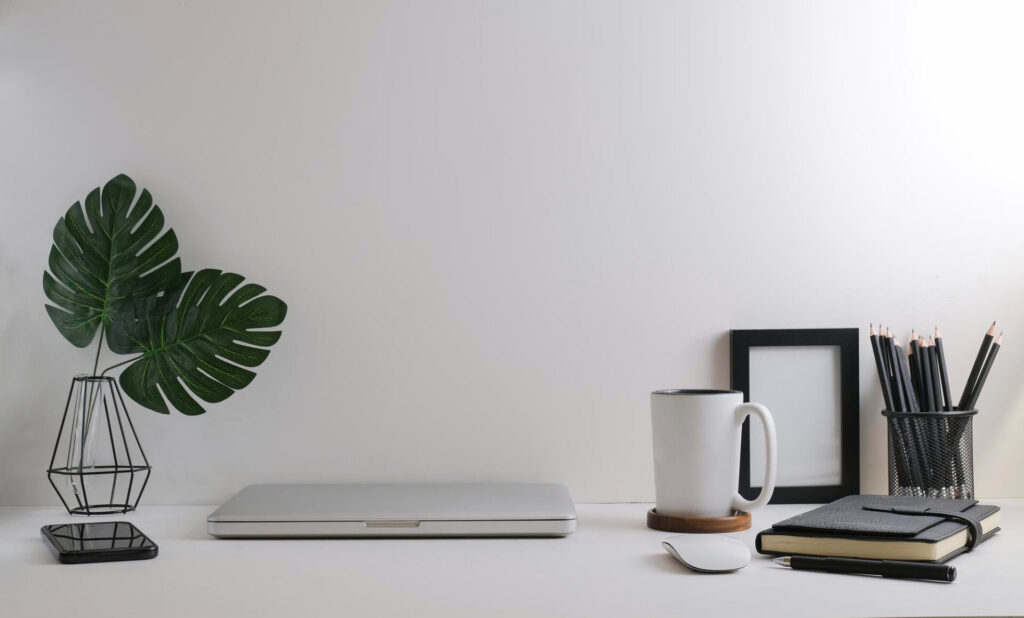
Organizing Physical Spaces Effectively
The “One-Touch” Rule
Handle an item once, and put it where it belongs immediately.
✔️ Mail & Paperwork – File it, shred it, or take action immediately.
✔️ Clothes – Hang them up instead of tossing them on a chair.
✔️ Dishes – Put them directly in the dishwasher.
The Container Principle
Set physical limits for items:
✔️ One shelf for books
✔️ One drawer for office supplies
✔️ One box for sentimental items
If something doesn’t fit, declutter instead of expanding storage.
Systems Over Storage
Storage solutions don’t solve clutter—systems do.
✔️ Use broad categories, not over-labeled bins.
✔️ Keep frequently used items within easy reach.
✔️ Declutter before organizing.
How to Maintain Organization Without Overthinking
Weekly Check-ins Instead of Daily Overhauls
✔️ Spend 10-15 minutes weekly reviewing and resetting your organization system.
✔️ Adjust as needed—organization should be fluid, not rigid.
Creating an “Anti-Perfection” Mindset
✔️ Good enough is good enough.
✔️ Adapt and evolve.
✔️ Progress over perfection.
Conclusion
The goal of organization isn’t perfection—it’s effortless functionality.
✔️ Declutter first—don’t organize clutter.
✔️ Use fewer, but more effective tools.
✔️ Prioritize ease of maintenance over complexity.
When organization feels natural, you know you’re doing it right.
References and Inspirational Resources
- Allen, David. Getting Things Done: The Art of Stress-Free Productivity. Penguin Books.
- Newport, Cal. Deep Work: Rules for Focused Success in a Distracted World. Grand Central Publishing.
- Clear, James. Atomic Habits: An Easy & Proven Way to Build Good Habits & Break Bad Ones. Avery.
- Babauta, Leo. Zen Habits – Blog on simplicity and productivity.
- Psychology Today – Articles on decision fatigue, organization psychology, and behavior simplification.
- The Minimalists – Essays and insights on simplifying life and reducing mental clutter.
- Harvard Business Review – Articles on time management and productivity systems.


